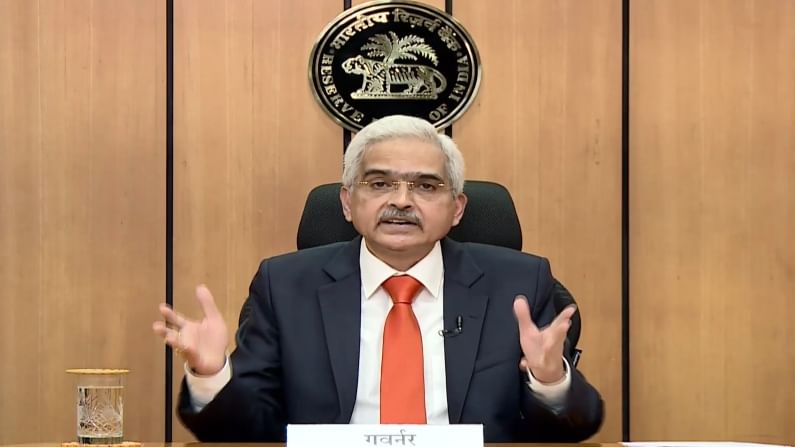Normal monsoon should help contain food price pressures: Shaktikanta Das
RBI Governor Shaktikanta Das said the overall outlook for the economy is highly uncertain and is clouded with downside risks

Mumbai: Despite admitting to price pressures both from food items and input prices, RBI Governor Shaktikanta Das on Wednesday hoped that a normal Southwest monsoon will have a “soothing impact” on inflation pressures and ruled out any wide variations in medium-term inflation forecast from what was given in April.
In an unscheduled address earlier in the day amidst the raging pandemic, Das said the overall outlook for the economy is highly uncertain and is clouded with downside risks. He offered a slew of relief and liquidity measures to individuals and small businesses apart from a Rs 50,000 crore special liquidity window to the healthcare sector.
Noting that retail inflation edged up to 5.5% in March 2021 from 5% in February on the back of a pick-up in food as well as fuel inflation while core inflation remained elevated, he said inflation trajectory over the rest of the year will be shaped by the pandemic infections and the impact of localised containment measures on supply chains and logistics.
“But even at this time, in the run up to the next Monetary Policy Committee (MPC) meet that will analyse various incoming data which are being monitored by the RBI on a real-time basis, we don’t expect any broad variation in our April inflation projection instead we will have to wait for the next MPC statement due in the first week of June,” the governor said.
Explaining why he is sticking to the April forecast, Das said high-frequency food prices data for April from the department of consumer affairs suggests further softening of prices of cereals and key vegetables while price pressures in pulses and edible oils remain and so was the price of petrol and diesel which moderated in April.
But what is more worrisome is the persistence in core inflationary pressures and also the uptick in wholesale inflation as reflected in manufacturing and services PMIs along with rising WPI inflation show a persistence of input price pressure.
The May 12 release of the National Statistics Office will throw more light on inflation developments in April, he said.
“Going forward, a normal Southwest monsoon, as forecast by the IMD, should help contain food price pressures, especially in cereals and pulses and help sustain rural demand and overall output in FY22 while also having a soothing impact on inflation pressures. The build-up in input price pressures across sectors, driven in part by elevated global commodity prices, remains a concern, though,” Das said.
The governor also stressed on the need to help shore up livelihoods and restore normalcy in access to workplaces, education and incomes, and promised to do whatever it takes to achieve that as it did in the first wave of the pandemic last year.
“As in the past, the Reserve Bank will continue to monitor the emerging situation and deploy all resources and instruments at its command in the service of the nation, especially for our citizens, business entities and institutions beleaguered by the second wave.
“The devastating speed with which the virus affects different regions has to be matched by swift-footed and wide-ranging actions that are calibrated, sequenced and well-timed so as reach out to various sections of society and business, right down to the smallest and the most vulnerable,” Das said.

